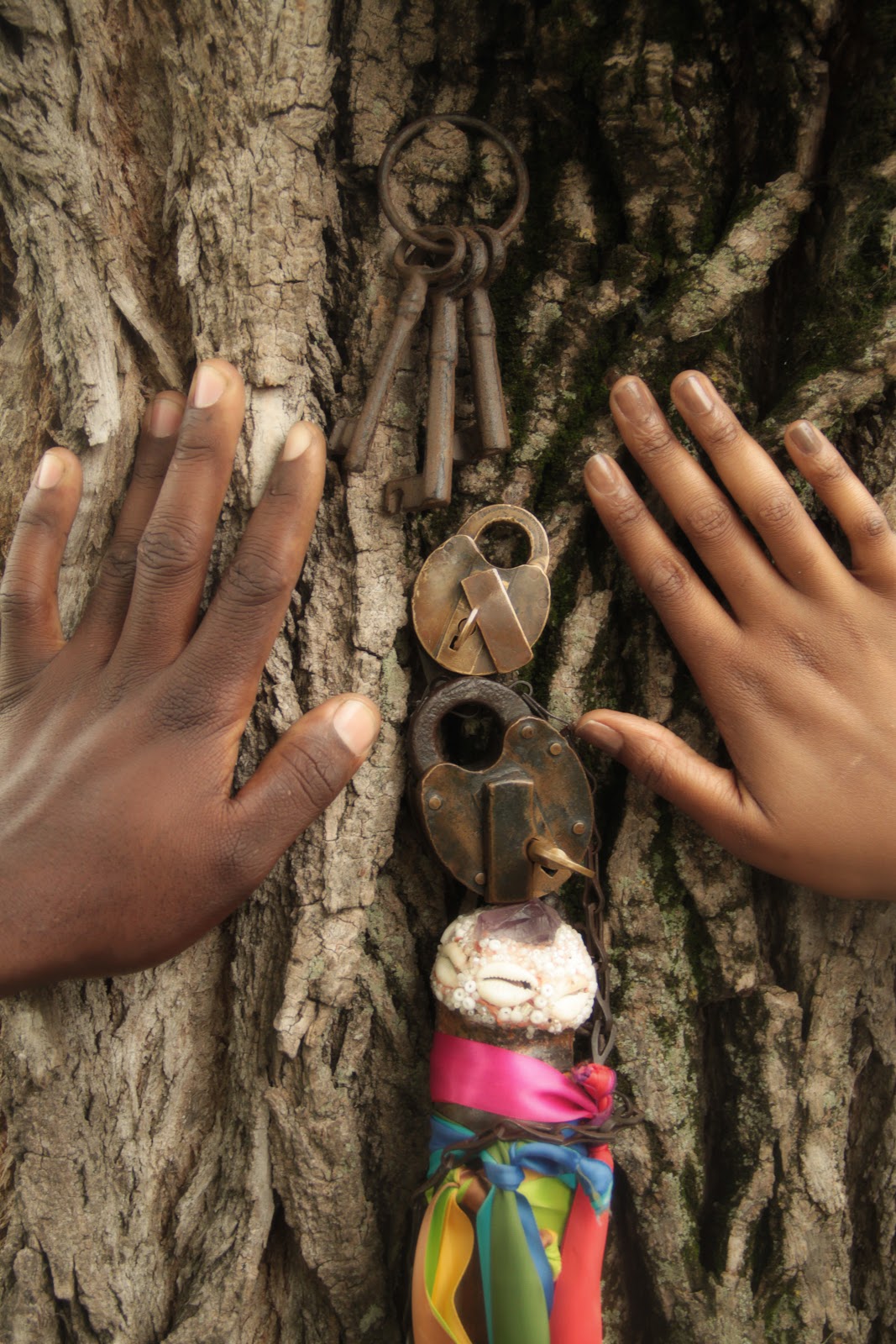Camille A. Brown is all about social dance and activism. She talks about her movement coming from the community and gets a lot of her movement from styles of African Dance. Her choreography is all about freedom in the arms and freedom in the movements. She talks about how she will give the dancers steps and/or task when it comes to creating phrases. The dancers will then development movement in the rhythm that she gives but, she will throw a spin on their character development. For example she would say “ Do this phrase happy, sad, mad, somebody is fighting you and etc”.
In the talk back she touches on the bases of her dances being told through the black experiences. She is very vulnerable when it comes to her dances and movement. Her dances speak for themselves rather than her trying to explain detail by detail, even though she could into that much debt. Being that she teaches social dance it gives a feel for all the communities to come together and just be one for a moment in time. Camille will turn the social dancing into learning about the history which I find amazing on how she merges everything together. Bringing the audience together is what we strive for Brother Gabriel remembrance/ performance coming up. I pray that it gives the Richmond community a feel of the story, the issues we are expressing and also a sense of understanding.
The question I wanted to ask was, how do the dancers prepare their minds for each performance and how do you get through the performance with 10 different emotions in one dance? What are you focused on more.. the technique? the steps? the feeling? or the movement?
